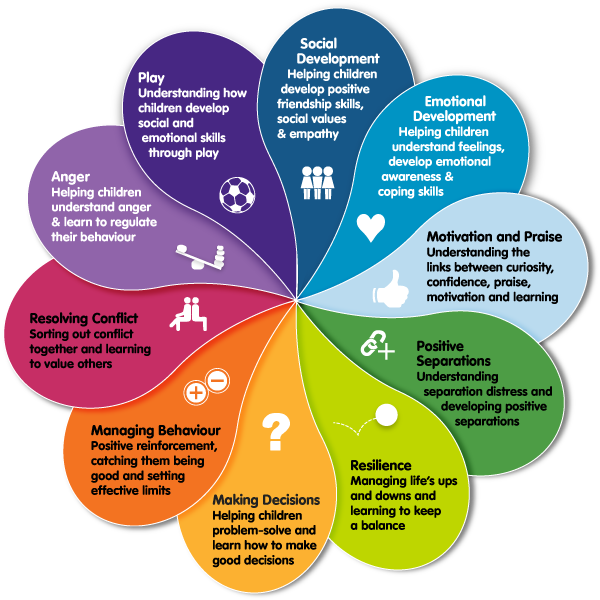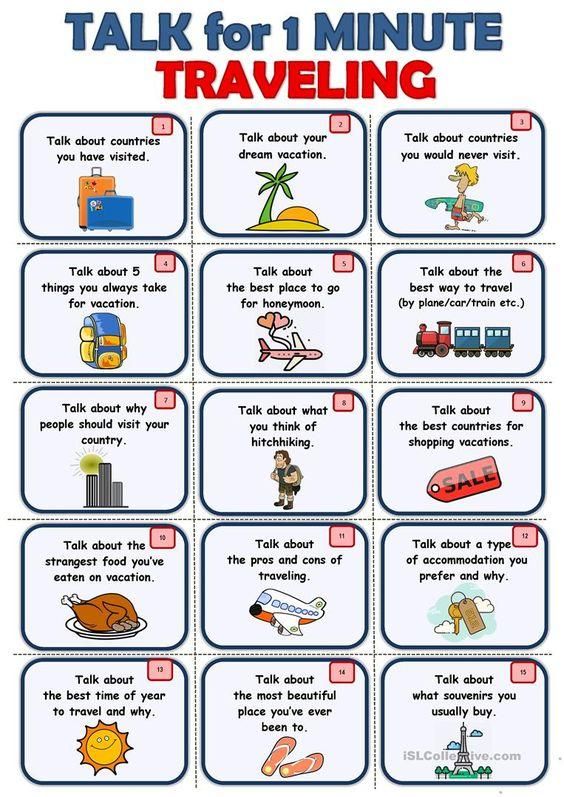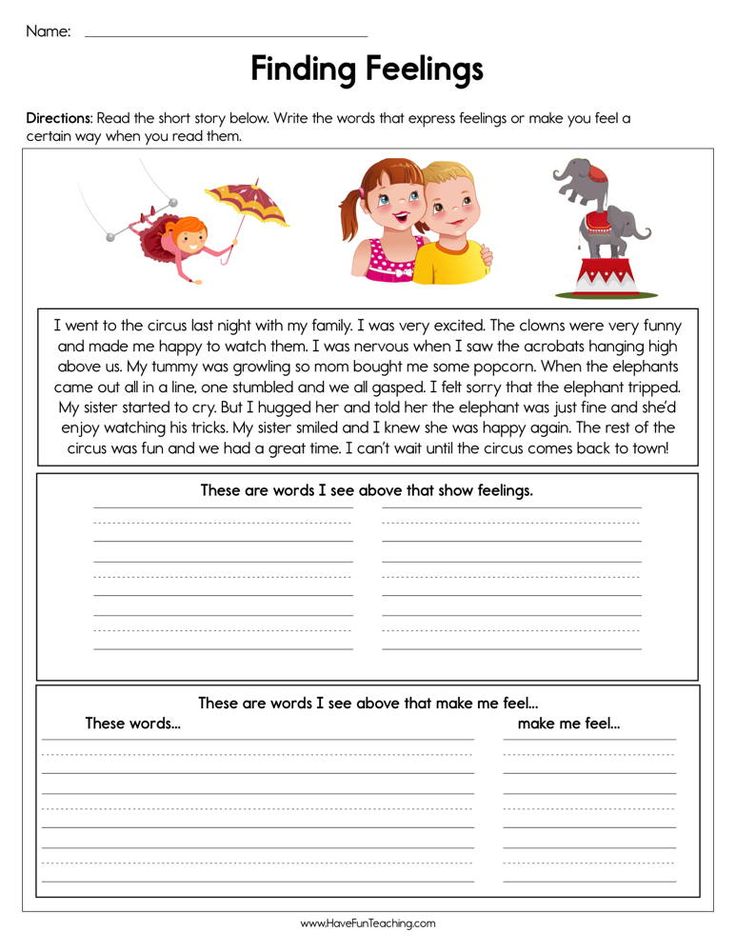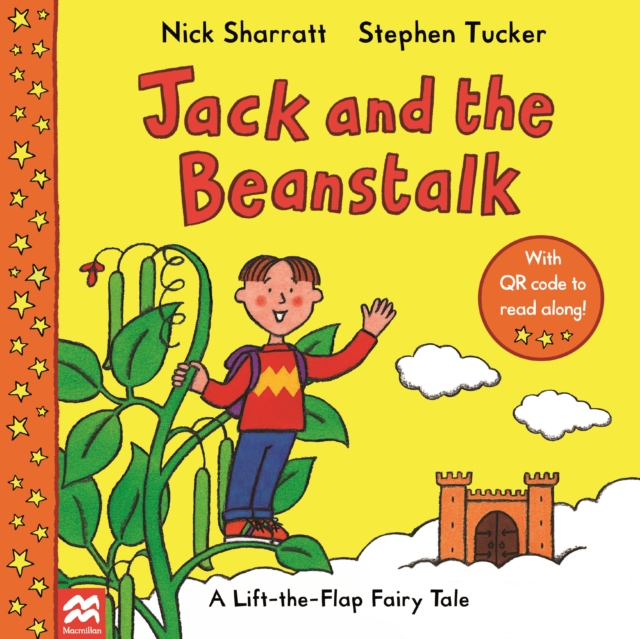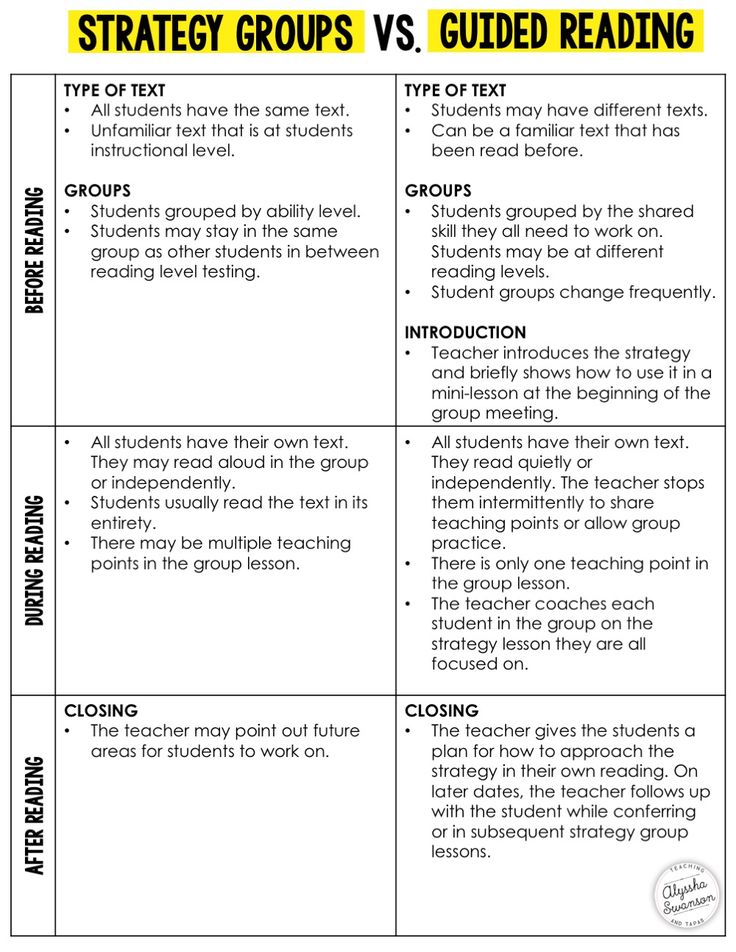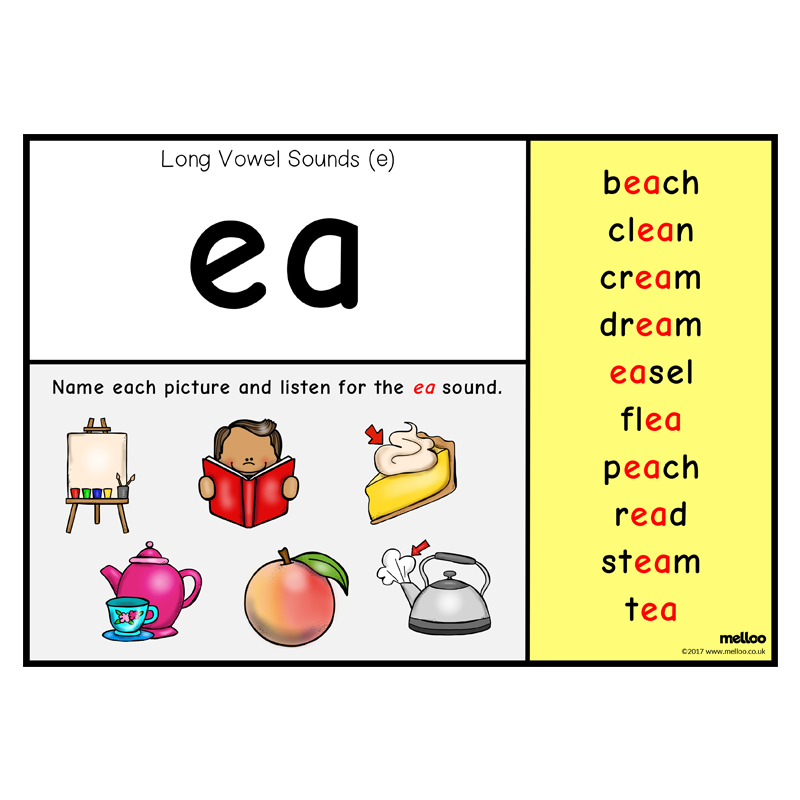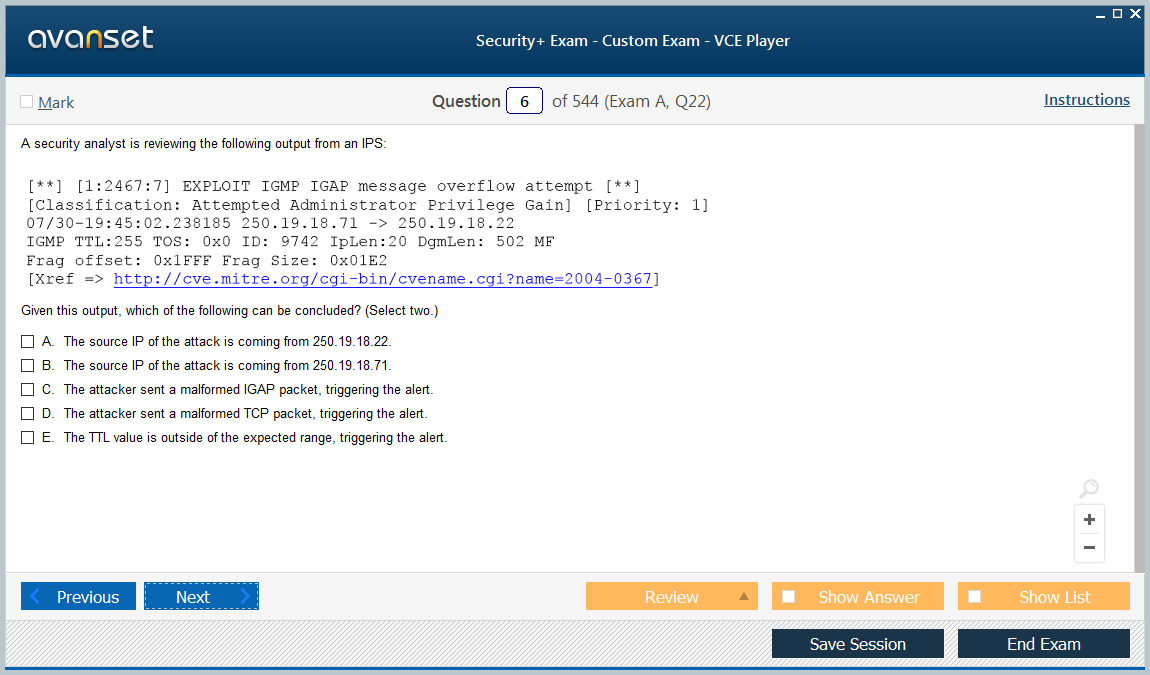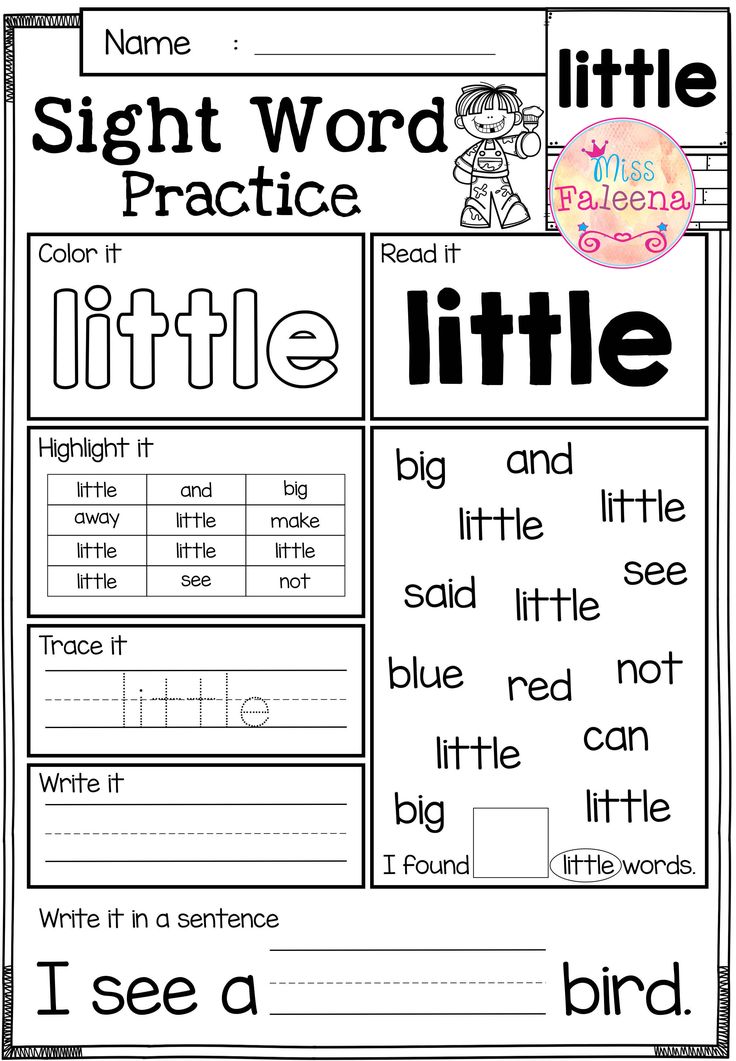What is learning through play
The scientific case for learning through play
Do you know that play builds brains? We look at research that shows how playful learning experiences lay the foundations for brain development and develops 21st century skills
Our brains literally change as we learn
In a sense, what we do is who we are. We now have a large – and growing – pool of evidence to show that learning through play is the best way to support learning. Children are natural scientists – they come into the world ready to experiment and learn through play. And they use what they discover to not only adapt the structure of their brains, but also strengthen the skills they need to continue being engaged, flexible learners for their whole lives.
From our earliest days, play is how we relate to the world, and to each other. When children have plenty of opportunities to learn playfully, they do what they do best: pursue their natural curiosity. And, as they do, they build skills and aptitudes they’ll keep for life. There’s a wealth of science behind our understanding of learning through play: studies in teaching and learning, play, and neuroscience. Here are three key things to take from the research.
Children are born to learn through play
Children should be in charge of their play and learning
Five key characteristics unlock playful learning
Research shows that people learn best from experiences that are joyful, that meaningfully connect the play to their lives, actively engaging, allow testing things iteratively and are socially interactive. Children won’t always experience all of those characteristics at the same time – and that’s fine. But it’s another reason children need lots of different kinds of play. Each strand helps them weave a strong and flexible tapestry of skills to use throughout their lives.
How the five characteristics of playful learning experiences help children grow and thrive
Joyful
Meaningful
Actively engaging
Iterative
Socially interactive
Here’s a quick look at how these qualities help children build their brains as they play
Access the full research papers
Play unlocks essential skills
Our world never stops changing, so how do we prepare children to navigate it? We let them play. Children thrive on play. It’s also perfect practice for tomorrow. Given the chance to think, negotiate, adapt to new rules and try again when things don’t go to plan, children develop essential skills that’ll last a lifetime.
Explore the scienceDive into our latest news, research, blogs and project stories
MoreOctober 2022 Evidence
World Mental Health Day: How play can support children’s mental health
July 2022 Evidence
Good Life at home and at play
June 2022 Opinion
For families to play more, we need better policies
Playful parenting is a huge child development boost – but parents are too often over-stretched and under-supported.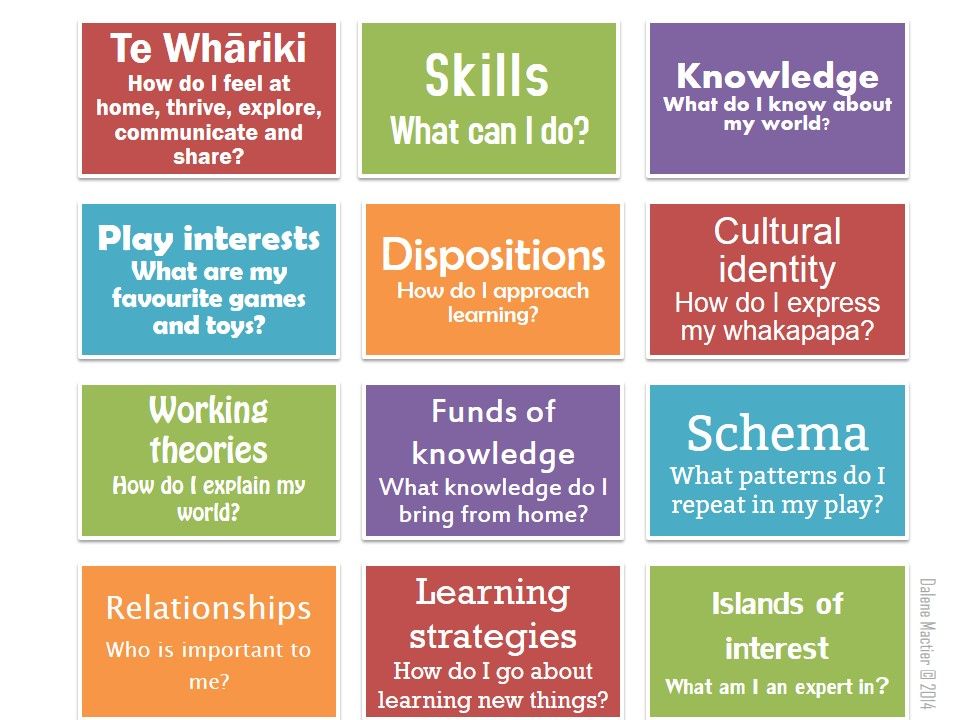 Here’s how systems can help families unlock the power of play.
Here’s how systems can help families unlock the power of play.
May 2022 Opinion
8 play ideas for family wellbeing
May 2022 Opinion
Play isn’t another thing to do. It’s another way to do things
Playful parenting gives a boost to every member of the family – and it doesn’t have to feel like yet another thing on the to do list. Read one parent’s perspective on getting more play in every day
Ready to play?
When children play, they learn. They solve problems, think strategically, relate to others, and manage life’s ups and downs. Play helps children learn how to learn – and love learning. We've gathered some of our favourite games. You can play them anywhere – using things you find at home.
More activitiesMore research
MoreThe relationship between learning through play and holistic skills
Learning through play helps children develop the skills they need to thrive. And we’ve got an ever-growing body of evidence to illustrate it. Take a look.
Take a look.
Future skills, In the classroom
Positive play in a digital age
Children spend more time online than ever – so it is vitally important that digital platforms are a safe space to explore and learn through play. Here’s how organisations are steering industry and governments to put children’s wellbeing first.
Technology, Wellbeing
Why creativity matters and how play nurtures creative minds
Creativity is instinctive in children – and just as essential in adults. Here’s an introduction to what we know so far about why and how we should make space for children to hone creative skills.
In the classroom, At home, Future skills
Rebuilding systems around social and emotional learning
Social and emotional learning is every bit as vital as reading and writing - especially now. We spoke to policymakers around the world about how they’re reshaping education around these essential skills.
Future skills, Wellbeing
How children thrive on play
Dive into the evidence for play’s vital role in child development.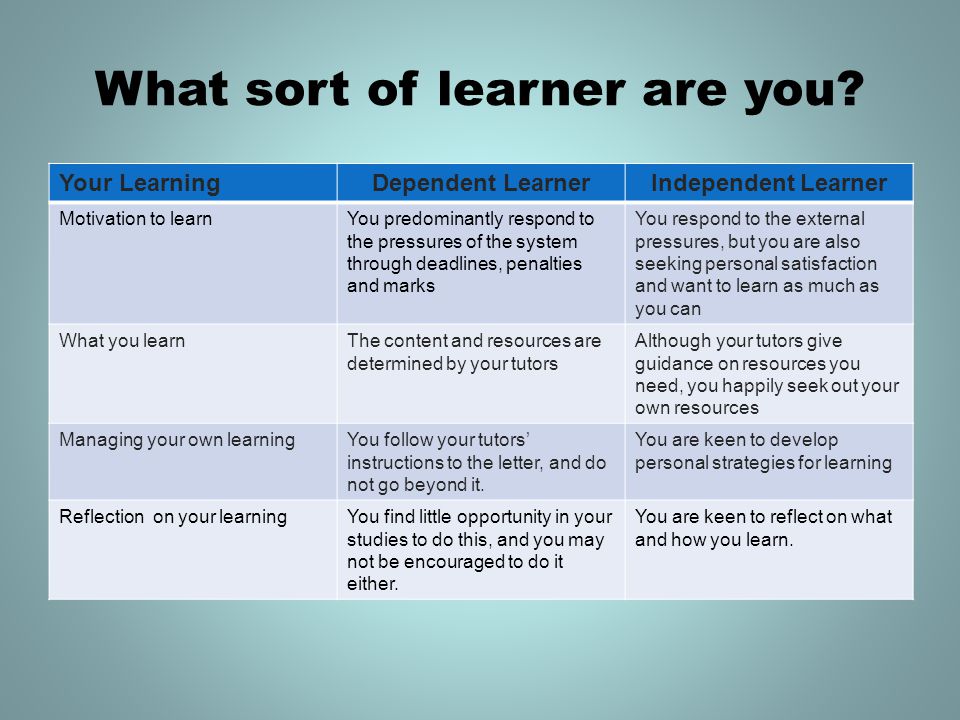
At home, In the classroom, Future skills
How Do Children Learn Through Play?
As an adult, Albert Einstein remembered a pivotal event in his life that inspired his interest in scientific discovery. He was four or five years old and stuck in bed with a childhood illness when his father handed him a magnetic pocket compass to play with. He spend hour twisting the compass, wondering how the needle always knew to point towards the north.
The book Internet Invention: From Literacy to Electracy , quotes Albert Einstein on how playing with that compass inspired his love of science. "I can still remember," he wrote, "that this experience made a deep and lasting impression on me. Something deeply hidden had to be behind things."
As a parent, you probably love to see your child playing. It’s incredible to hear their ideas and to learn about the new worlds they create. It’s also fun to see how creative they can be as they put their imagination to use in learning about the world around them.
Play is far more powerful for children, however, than many parents realize. It’s actually the key to learning. Researchers and educators across the world have found that play can help enrich learning and develop key skills such as inquiry, expression, experimentation, and teamwork.
Schools that use the Montessori education focus on encouraging children to learn through “meaningful play.” According to the book, From Play to Practice: Connecting Teachers' Play to Children's Learning, “meaningful play” has five characteristics. It:
- Gives the child a choice about what he or she wants to do
- Feels fun and enjoyable for the child
- Evolves spontaneously, rather than giving kids a script to follow
- Is driven by intrinsic motivation about what the child wants to do
- Creates a risk-free environment where kids can experiment and try new ideas.
In meaningful play, children are active participants.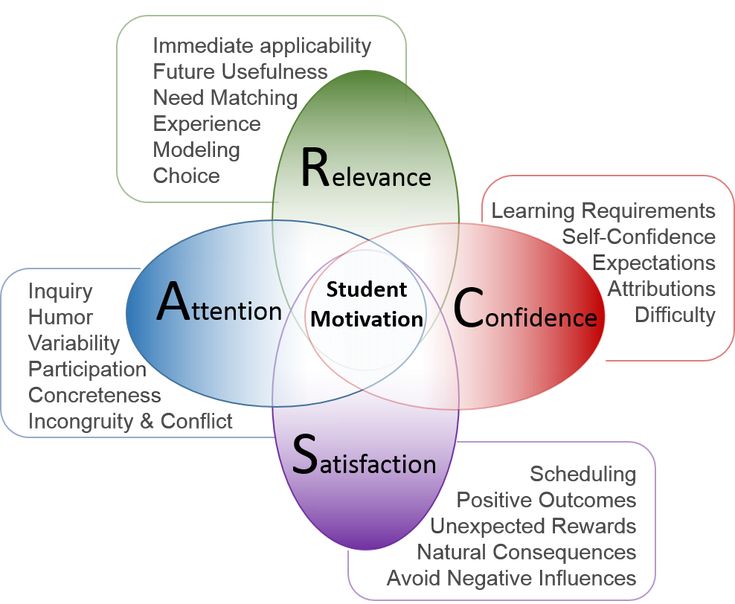 For example, instead of passively taking in a lesson, children take on roles alongside their peers and respond to the other children according to the rules of play that they’ve created.
For example, instead of passively taking in a lesson, children take on roles alongside their peers and respond to the other children according to the rules of play that they’ve created.
While “rules” may seem counterintuitive to the idea of free, voluntary play, a system of mental rules is actually one of the other key features of play. Children may state these explicitly, form them collaboratively or follow a selected leader, or have an inherent sense of what governs the terms of their playful engagement. This active, pleasurable negotiation of rules and symbols can offer a number of learning benefits.
How Do Children Learn Through Play?
In her TedX Talk talk, Professor Doris Fromberg, Director of Early Childhood Teacher Education at Hofstra University, explains why play is such an important part of the learning process for children.
We need to consider that young children learn in quite different ways [than adults]. They learn by comparing physical experiences, by interactions with other people and their own feelings.And they learn an enormous amount through their imagination.... Play is what pulls together the logical and creative parts of the brain.
For young children, play is often a full body activity that helps them develop skills they will need later in life. Running, dancing, climbing, rolling—these activities all foster muscle development and help fine-tune motor skills. Children also build their mental and emotional muscles as they create elaborate, imaginative worlds rich with a system of rules that govern the terms of play.
University of Denver researchers Elena Bodrova, Carrie Germeroth, and Deborah J. Leong found that children teach themselves to regulate their emotions and think before they act when they play. For example, if a child is pretending to be Olaf from Frozen, they may pretend they’re melting when they come inside or insist that they like warm hugs. In each case, they consider how their actions will correlate with how Olaf should act in a given situation.
This role playing helps children build social skills and helps them become the kind of adults who are able to thrive in a range of personal and professional environments.
Why It’s Important to Include Play in the Classroom
In an academic setting, play can also help children learn and grow. Teacher-initiated play is a close cousin to inquiry based learning. At Whitby, our early child educators ask children questions about the rules and process that govern the play, and then encourage children to make connections to the wider world through their own body of knowledge.
Dr. Angeline S. Lillard, author of Montessori: The Science behind the Genius, wrote about about how Maria Montessori encouraged educators to use play as a part of the learning process.
[In a Montessori classroom] teachers guide learning within structures but do so playfully and loosely, with particular focus on the goals they have in mind... the Montessori education resembles playful learning.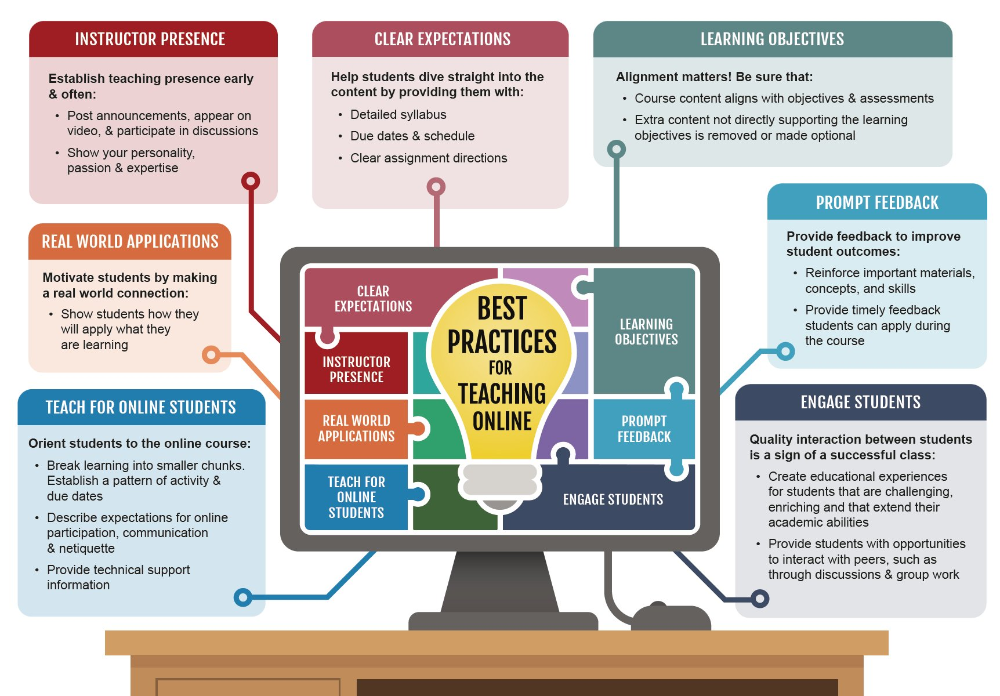
We’ve seen this at Whitby. When we take a play-based approach to combining different subjects, we’ve found that teachers can create an educational experience greater than the sum of its parts. Students learn critical thinking skills, develop their language abilities, expand their range of knowledge and increase their social emotional awareness—all without realizing how much they’re learning.
Maximize Learning Through Play
From offering children a chance to ask questions, problem solve, work collaboratively and conduct structured experimentation, play is a key component of learning at Whitby. One way that Whitby teachers bring a sense of play into the classroom is by taking an activity-based approach to nearly every subject.
For example, when our teachers read a book aloud, they encourage young students to turn each page and follow each word with their fingers. They can also prompt students to talk to each other about the content, and to talk about the associations it sparks from their own lives. Teachers also engage kids’ imaginations and sense of curiosity by asking “What do you think will happen next?”
Teachers also engage kids’ imaginations and sense of curiosity by asking “What do you think will happen next?”
Students are also given an opportunity to bring stories to life through dramatic play. When children are given opportunities to act out scenes and express themselves, they improve their social confidence, increase their ability to see the perspectives of others and increase the attention they give to the literature.
Play gives children a chance to practice what they’re learning.
- Fred Rogers
At Whitby, we seek to teach children that learning is not just a formal activity they do in the classroom—it’s actually a lot of fun! One of our goals is to give kids opportunities to wonder, question, work as a team, experiment, play with different possibilities and investigate subjects that interest them. For example, in our 3D printing class, educators give students the opportunity to design an object from their imagination. Then they ask students to explain, “Why did you make that?” “What did you make it out of? What is the purpose of that object?”
This teacher engagement supports children in their creativity, while also challenging them to think about why they chose to create an object.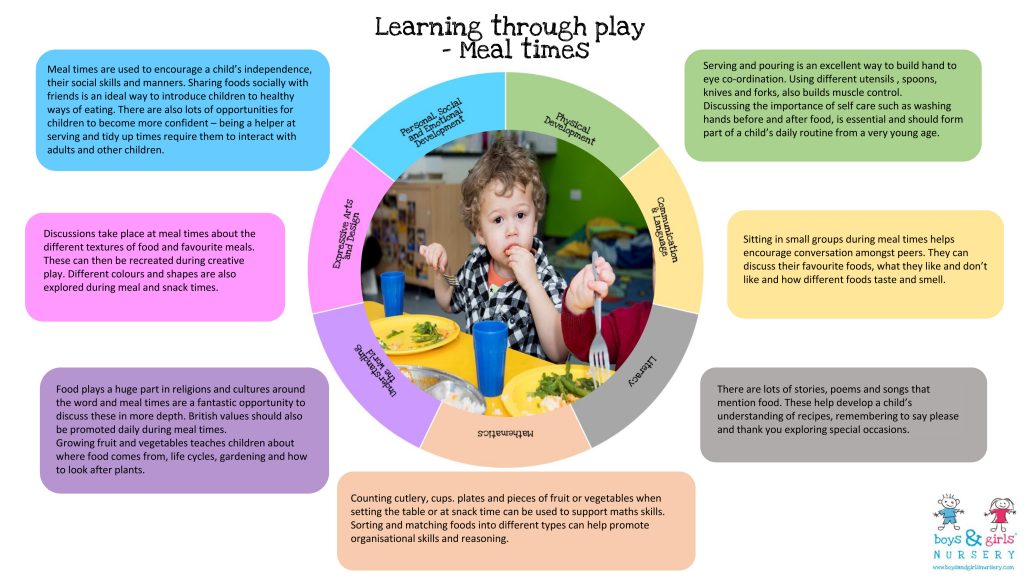 It also requires them to think through the challenges they solved in creating it and helps them become more confident in their problem solving abilities.
It also requires them to think through the challenges they solved in creating it and helps them become more confident in their problem solving abilities.
Help Your Child Learn Through Play
Our goal at Whitby is to help students learn to ask questions, express themselves, collaborate with others, and take creative risks. We also want them to retain their natural curiosity and to never lose the excitement of learning something new. All those things are achieved by making learning fun for children.
Find out more about how you can help your child learn during our upcoming Parents as Partners parenting classes. We will be presenting on “Play as a Powerful Learning Tool” on Thursday, March 17. Click the link below to attend.
What is game learning?
Sometimes we are faced with the question “Can learning be playful at all?”
Today we will tell you what the essence of play learning is, what it can give your children and share games that you can use yourself!
Game learning is a form of learning process during which real situations are created and reproduced, where children (or yes, adults!) can apply their knowledge and gain new abilities and skills.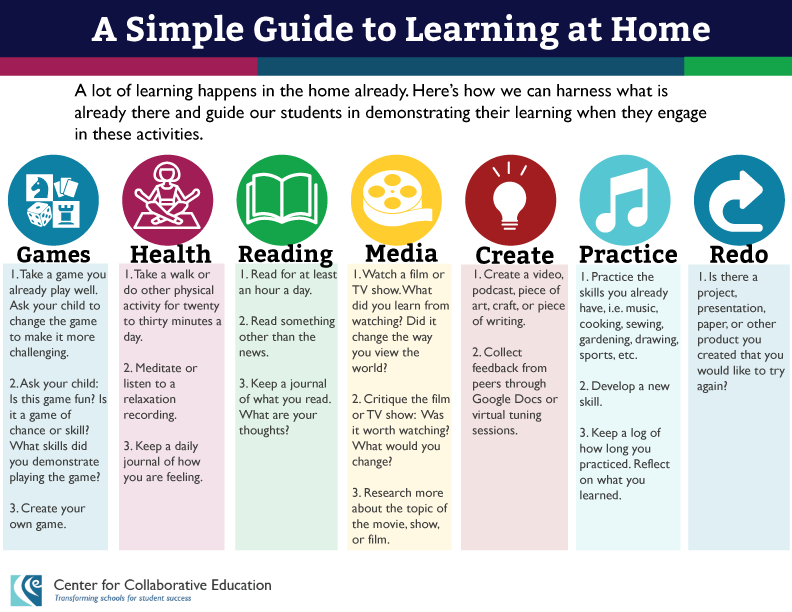 The great advantage of this approach is that it does not "deprive children of their childhood". It is this argument that is the main trump card of opponents of early childhood education. But the game does not involve hours of sitting at desks, all the hated "cramming" and loss of motivation due to poor grades. The game is where everyone can express themselves, where there are no wrong answers. It is a natural environment for children of all ages. nine0004
The great advantage of this approach is that it does not "deprive children of their childhood". It is this argument that is the main trump card of opponents of early childhood education. But the game does not involve hours of sitting at desks, all the hated "cramming" and loss of motivation due to poor grades. The game is where everyone can express themselves, where there are no wrong answers. It is a natural environment for children of all ages. nine0004
At the same time, it is in the process of play that children get to know the world, learn the first rules and norms of behavior. Only if for many adults the word “game” is associated with relaxation and often aimless and useless pastime, then for children the game is a real work, only natural, and not imposed by someone from above against their will.
Let's outline the main features of the game as a learning process.
1. Play is an independent type of developmental activity for children of all ages. nine0004
2.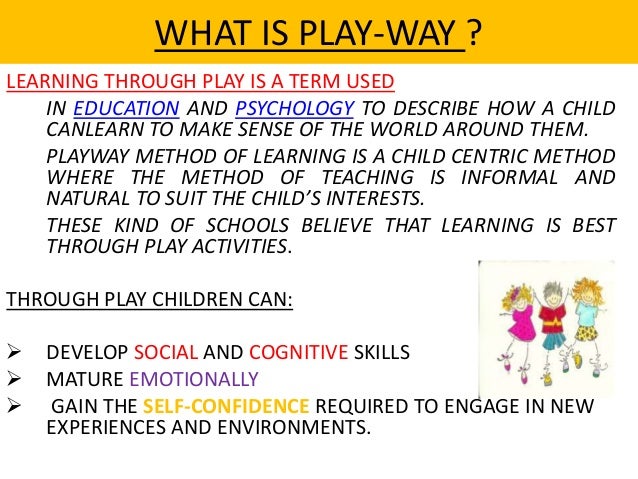 Play is the first stage of children's activity, which changes its goals and level of difficulty depending on the age of the children.
Play is the first stage of children's activity, which changes its goals and level of difficulty depending on the age of the children.
3. The game is the main form of activity for kids, in which the world around them is realized and studied, a wide scope is opened for creativity, self-knowledge and self-expression.
4. Play is a practice of development. There is a direct and close relationship between play and development: children play because they develop, and develop because they play. Accordingly, without the game there is no development. nine0004
5. Play is the main area of communication for children. In the course of it, the problems of interpersonal relations are solved, the experience of relationships with other people is acquired.
As you can see, play is the basis of children's development.
But how to introduce learning into the game so that the child does not notice the catch, and a fun game does not turn into boring cramming?
In our classes we use many different games that can be divided into several groups.
We are happy to share some ideas with you. nine0004
1. Active games
The guys' favorite games! They allow you to blow off steam before a responsible task, disperse blood through the body (most importantly, the brain!) And better memorize new things, and just have fun with the guys and once again make sure that English is easy and interesting!
There are a lot of active games, but we select those where children do not just run, but also pronounce words and phrases in the process.
For example, they run around objects to the music, and when the music stops, they call the object in front of which they stood. nine0004
Or pass the ball to each other again to the music and then say the word or phrase you need.
Role-playing games are also actively used, where children play the store, cook food, go hiking and much more! Theatrical performances are also very loved by children!
2. Card games
These are games where words are drawn and written on cards that are actively used during lessons.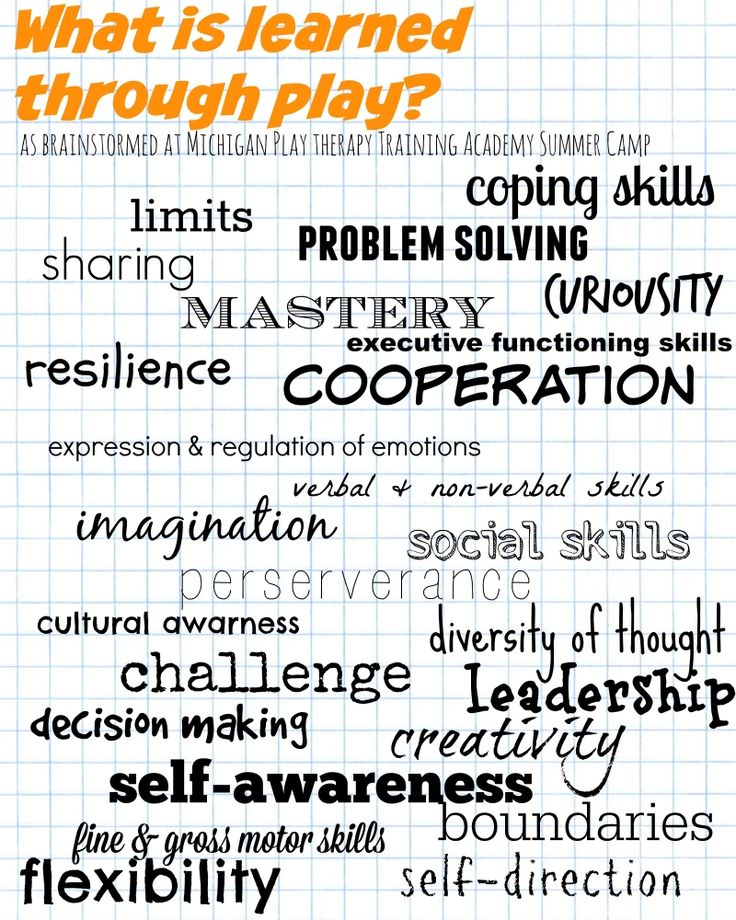 We ask the kids to find the cards, then point to the correct card while the teacher calls a particular word. Then we hang the cards on the wall and throw a ball at the right card. Sometimes we remove this or that card and ask the children which word is missing. Lots of options! nine0004
We ask the kids to find the cards, then point to the correct card while the teacher calls a particular word. Then we hang the cards on the wall and throw a ball at the right card. Sometimes we remove this or that card and ask the children which word is missing. Lots of options! nine0004
3. Games with real objects
This option is best used with toddlers 2-3 years old. At this age, the more real objects and things, the clearer and better. Therefore, if we study the topic “Animals”, we take animal toys to class, and if we study the topic “Kitchen”, then we bring cups and plates to the lesson. Give the child the opportunity to feel, examine objects from all sides: any type of perception and all possible sensations and knowledge about the subject are important and useful. nine0004
4. Memorization through songs
Music and songs play an important role in the classroom. It is important to create a friendly and pleasant environment for children.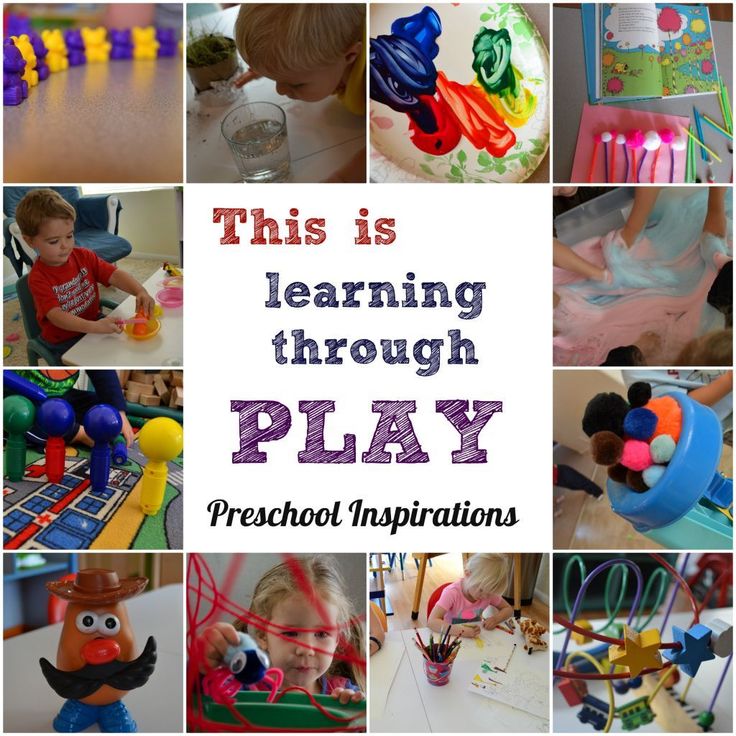 We select songs so that with the help of them children can also learn or repeat new words or structures. Singing words repeatedly improves their memorization many times over.
We select songs so that with the help of them children can also learn or repeat new words or structures. Singing words repeatedly improves their memorization many times over.
5. Creativity
As we have already said, in the game, among other things, the creative component, freedom of imagination and self-expression is important for children. That is why in each of our classes there comes a moment when active games subside, and the guys do needlework. It can be a drawing, a craft, modeling from plasticine or salt dough - the choice is endless! The only condition: we comment on our actions in English and ask the kids to repeat. nine0004
You can use these games outside the studio, at home or even on the way to kindergarten/school and back. We always advise to expand the places of communication in English. Then the child will not have a strict association "English - studio / class" or "English - teacher". It is important to show that English can be used everywhere and with everyone. This is exactly what will be discussed in our newsletter this week;)
This is exactly what will be discussed in our newsletter this week;)
For the same reason, we recommend that moms and dads take an active part in games with children: seeing how interesting it is for parents, the child will also be interested in the game. nine0004
Subscribe to the mailing list with lesson plans for home and interesting tips from our studio!
Author - Ekaterina Povalikhina
Methodist, teacher of English and curator of the course according to the author's methodology of Wonderland Kids
Games and game-based learning (Game-based learning)
Quest and web quest
Quest (from the English quest — search) is an interactive game with a storyline that consists of solving various puzzles and logical tasks. nine0004
There are usually 5 types:
1. Escape room
The classic genre of the game in reality. The bottom line: participants are locked in one or more rooms and given the task of finding a way to get out before time runs out.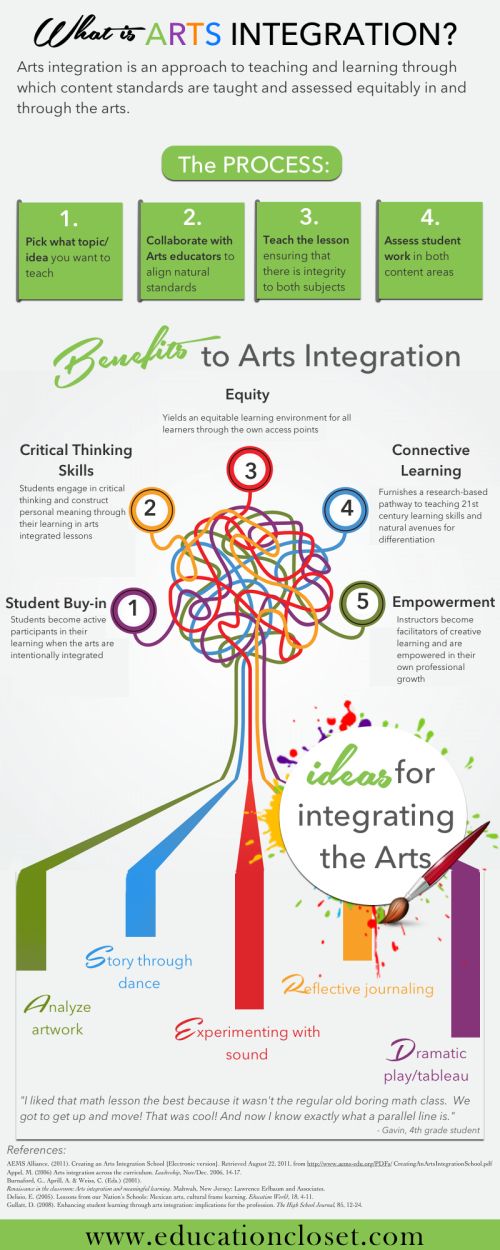 During the game, the team must find clues, solve riddles, and possibly find an additional room.
During the game, the team must find clues, solve riddles, and possibly find an additional room.
2. Reality Quest
This is a type of quest that deviates from the standard game. It does not set the task of getting out of the room, the doors may not be closed. But players are given the opportunity to go through and live an action-packed line in which it is necessary to save a person, and maybe even all of humanity, or find a hidden object, for example, a philosopher's stone. nine0004
3. Performance
This is a quest in reality with the addition of actors, that is, there are not only participants in the room, but also professional actors who are involved in the storyline. They can both act out scenes and influence the course of the gameplay.
4. Action game
The only kind of game where you need to use physical force. Here it is supposed not only to work with the head, but also with the rest of the body. Participants are expected to jump on a trampoline, crawl along ventilation pipes, escape from the mafia and so on - in a word, a kind of obstacle course with Hollywood scenery.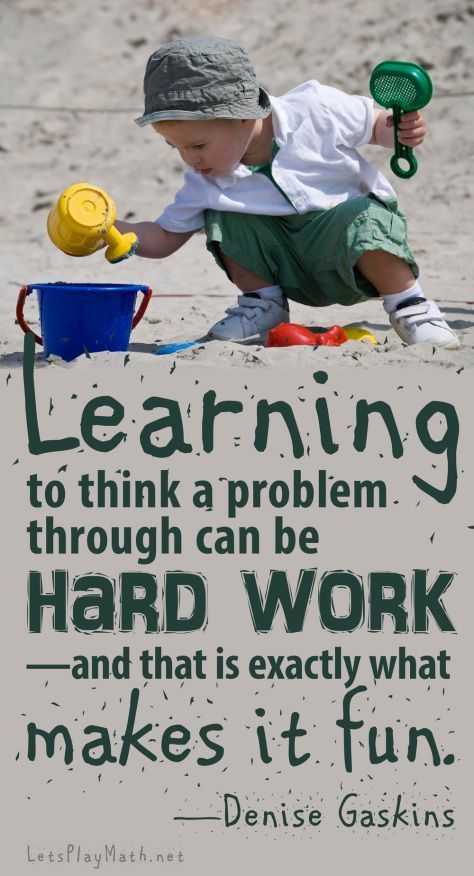 nine0004
nine0004
5. Morpheus is a quest in unreality
Probably the most unusual type of quest, since everything happens only in the imagination of the participants - after all, they are blindfolded until the end of the game. The presenter and actors will help to plunge into the atmosphere, all that remains is to relax. In this quest, players will only have to hear, feel and feel.
How to use
Here is a rough plan that will help you create quality quests:
- Determine the purpose: what the game is for. nine0108
- Come up with a story.
- Set the number and age of participants.
- Decide on the territory of the quest.
- Include searching activities and solving puzzles, whether mathematical or logical, in the quest.
- Come up with clues that allow the participant to reach the final.
- Diversify stages and tasks: the type of activity and the level of difficulty must change, which makes the participant make an effort and this makes the quest interesting.
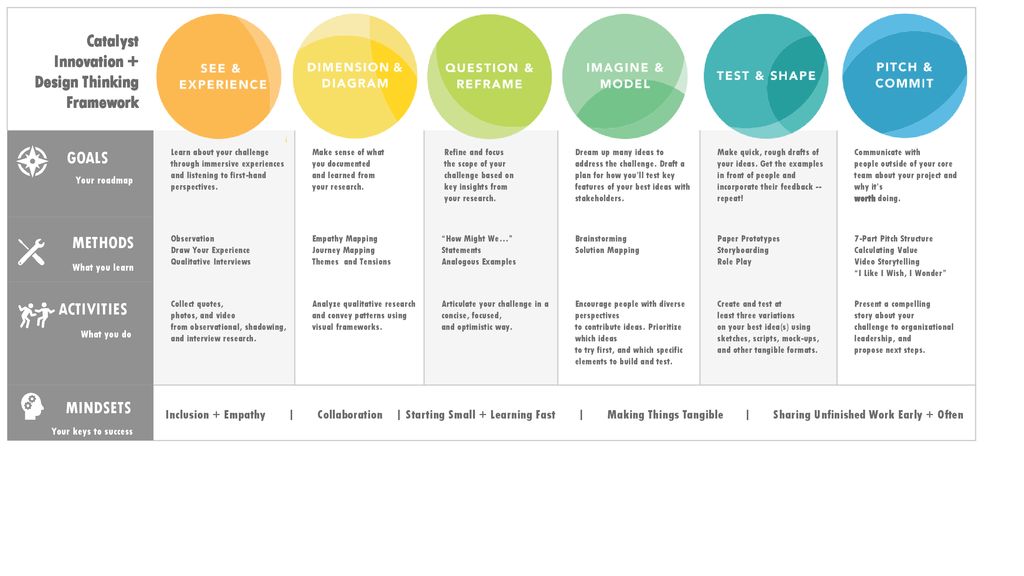 nine0108
nine0108 - Think through the process - for time, points or competition.
- Enter additional tasks: they will come in handy if the participant cannot complete the main ones for various reasons.
- Test the created quest: you need to make sure that the riddles and puzzles are solvable and correct.
Aims of the quest
1. Diagnostic — to determine the level of knowledge or skills.
2. Team building - to unite, get a positive experience of team interaction, prepare for new tasks and projects for the team. nine0003 3. Educational - to learn something new.
Two different mechanisms can be used when developing tasks and hints in quests:
1. Chained: involves a sequence of actions, i.e. you cannot proceed to the next task without completing the previous one.
2. Assault, where the participants determine the sequence on their own. This mechanism is mainly used when several teams participate in the quest and need to be separated at the very beginning of the game.